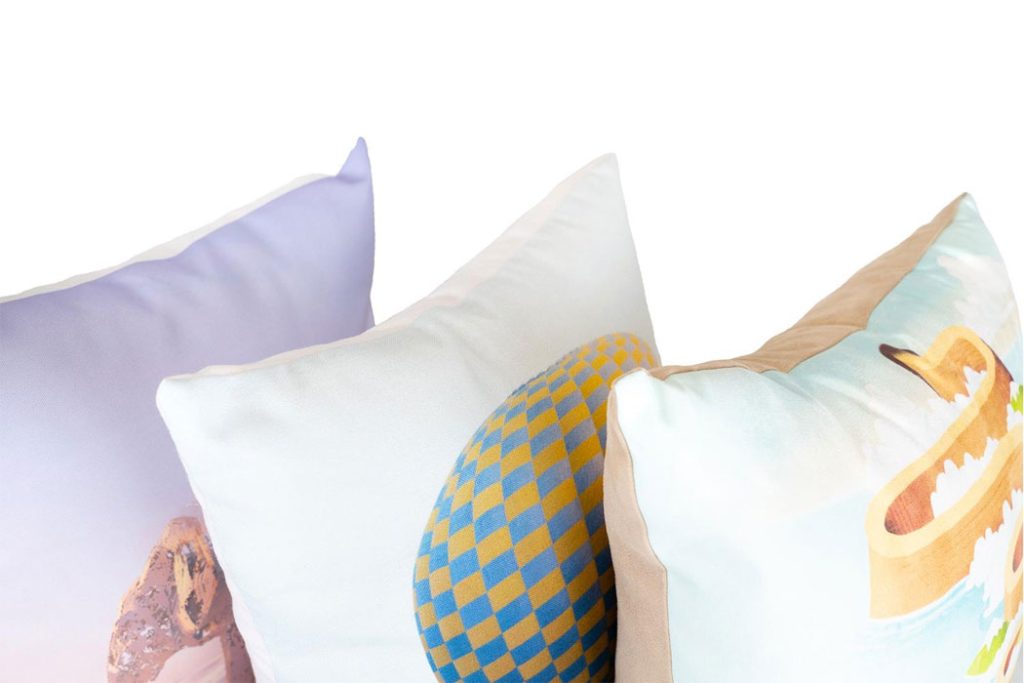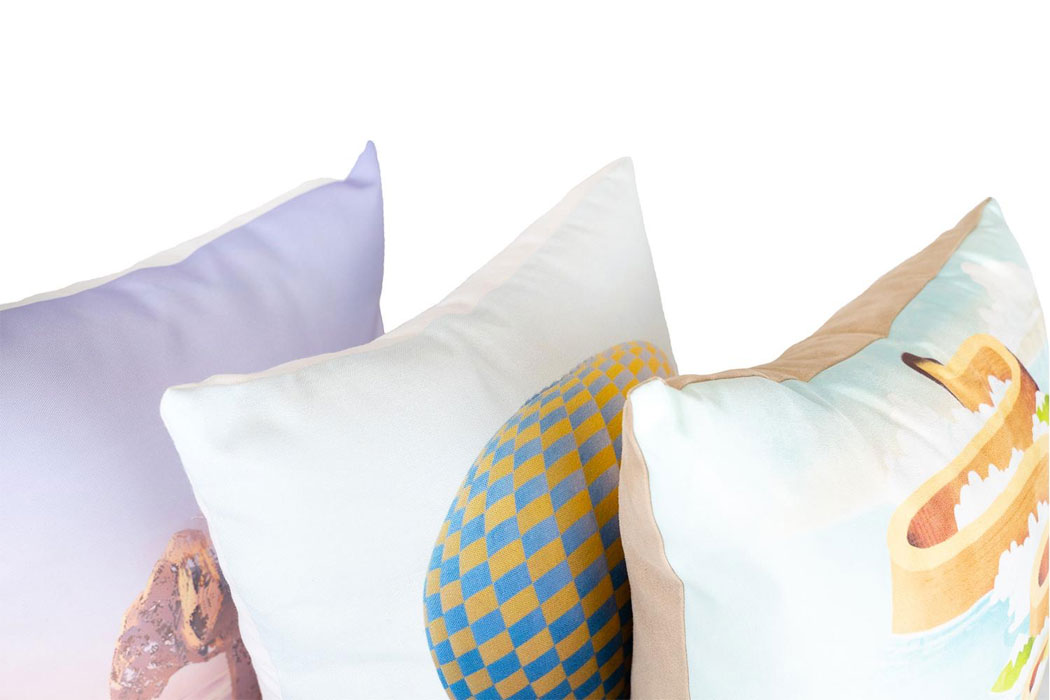
Key Factors to Consider When Choosing a Print

The Evolving Art of Printmaking: A Gateway to Collecting and Creativity
Printmaking has long served as a powerful yet accessible entry point into the world of fine art collecting. As technology, artistic innovation, and creative experimentation continue to redefine the medium, events like New York City’s Print Week are providing artists and collectors alike with opportunities to explore its evolving potential.
A Tale of Two Fairs: The IFPDA and Brooklyn Fine Art Print Fair
New York City’s annual Print Week brings a buzzing energy to the art community with two notable events: the 34th edition of the International Fine Print Dealers Association (IFPDA) Fair and the inaugural Brooklyn Fine Art Print Fair. These platforms showcase a broad spectrum of contemporary and historical printmaking practices, drawing both seasoned collectors and curious newcomers.
Prints have often been described as the “gateway drug” of the art collecting world. Their relative affordability, when compared to one-of-a-kind works like oil paintings or sculptures, makes them especially enticing to first-time buyers. As Madeleine Viljoen, curator of prints at the New York Public Library (NYPL), notes, “People who can’t afford to have a painting by Kara Walker may be able to purchase a print by her.”
Originality Over Reproduction
For collectors, one key factor to consider is whether a print is an original extension of an artist’s vision or simply a reproduction. Elleree Erdos, director of prints and editions at David Zwirner, advises: “The strongest prints are identifiable as the work of the artist who made them, while also leaning into the strengths and possibilities of the medium.”
Printmaking allows artists to test new ideas around repetition, reversal, and material pressure—offering creative insights that may not emerge in other media. These inherent characteristics often result in works that are as conceptually rich as they are technically complex.
Demystifying the Matrix: Understanding Editions and Techniques
Unlike singular works of art, prints are typically produced in editions. This means multiple impressions are made from a matrix (the plate, block, or stone used in the printmaking process). Each piece in a limited edition is numbered, providing transparency about its quantity and uniqueness.
However, as highlighted by Jazmine Catasus, artistic director of the Robert Blackburn Printmaking Workshop, not all prints fit into the traditional edition model. Singular prints (mono prints), artist’s proofs, and experimental variants add layers of intrigue and value. “Printmaking is often associated with the multiple, so when there’s only one, it’s exciting to see,” says Catasus.
Printmaking encompasses a variety of techniques including:
– Intaglios: Images etched into a metal plate, filled with ink, and pressed onto paper.
– Reliefs: The surface is cut away, leaving a raised image to receive the ink.
– Lithographs: Involve drawing on limestone or metal plates with greasy substances, using the principle that oil and water repel.
– Screenprints: Use stencils and mesh to transfer ink onto a surface.
Each technique carries specific visual and tactile characteristics, making the final work as much about the method as the image.
Pushing Boundaries: Mixed Media and Innovation
Contemporary artists are increasingly blending traditional printmaking with textile work, digital processes, and sculpture—expanding the medium’s expressive vocabulary. As seen in the NYPL’s exhibition Line & Thread: Prints and Textiles from the 1600s to the Present, artists are experimenting with dimension, layering, and unconventional materials to redefine what a print can be.
According to Viljoen, the most compelling pieces often emerge when artists challenge not only subject matter but also technique: “Think about other ways in which artists combine media, like wood-cutting and intaglio, or creative formatting.”
Collecting with Heart and Mind
Beyond technique and affordability, what guides a meaningful print collection is personal connection. “Ultimately, the only thing to avoid is something that isn’t exciting to you,” says Erdos. Similarly, Viljoen encourages collectors to focus less on an artist’s fame and more on a work’s emotional or intellectual resonance.
Print fairs are excellent venues for engaging directly with dealers, publishers, and even artists—offering opportunities to understand how a piece was made and how the artist was involved. This storytelling aspect often enhances the artwork’s significance for collectors.
Why Prints Matter Now
In a digital era dominated by NFTs and AI art, traditional and contemporary printmaking continues to command relevance. It bridges craftsmanship and concept, combines affordability with high artistic merit, and offers an intimate glimpse into an artist’s iterative thought process.
As demonstrated during Print Week, the diversity, accessibility, and historical depth of printmaking make it a uniquely enduring art form—and a valuable entryway into the ever-expanding universe of fine art collecting.
Whether you’re a new enthusiast or a seasoned connoisseur, embracing the world of prints means embracing the innovation, experimentation, and passion embedded within one of art’s oldest practices. And as Vil